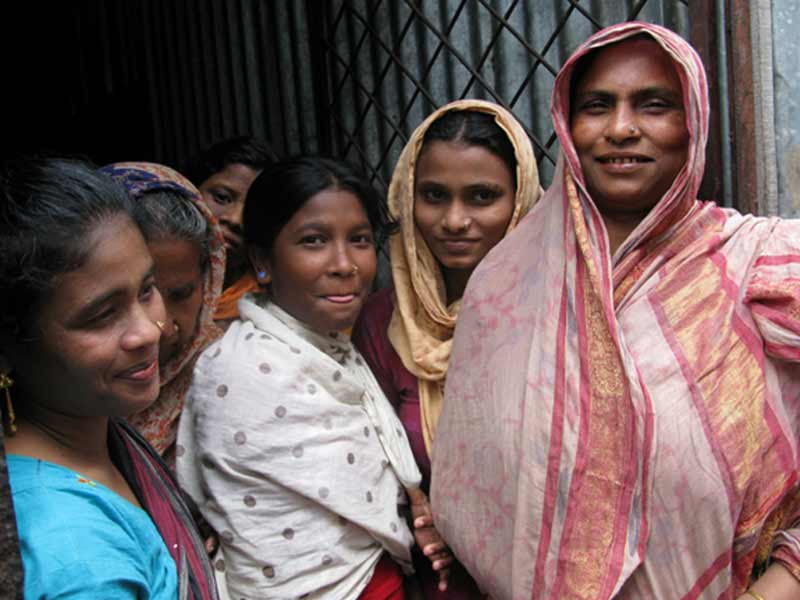
Around the world, nearly 800 million women suffer from malnutrition. This is a serious problem. Maternal malnutrition puts mothers at risk of complications, even death, during pregnancy, and compromises the physical and cognitive development of their babies.
The thing is, maternal malnutrition is not merely a humanitarian issue, it is an economic one, threatening the growth and stability of entire nations.
Malnourished mothers mean malnourished children
Undernutrition of a mother during pregnancy often leads to babies whose physical and cognitive growth is impaired. Consider, some 30 million low weight babies are born every year, accounting for about a quarter of all births on earth, while 150 million children under the age of five are stunted.
At the same time, obesity is on the rise all over the world. Obese mothers are more likely to have obese children with a raised susceptibility to non-communicable diseases (NCDs).
Malnourished children mean a loss of human capital
The lowered physical and cognitive development of malnourished children leads to poor educational attainment as children, and lowered work productivity in adulthood. In fact, studies show that malnourished children earn 25% lessas adults than nourished children.
Moreover, malnourished children often have health problems in adulthood, meaning that not only are they less productive and more impoverished, but they are also forced to disproportionately use healthcare resources.
The economic costs of maternal malnutrition
In 2006, a seminal report by the World Bank asserted that malnutrition was costing developing countries at least 3%of their GDP. More recently, the 2016 Global Panel on Agriculture and Food Systems for Nutrition estimated that the cost of malnutrition on the global economy as a whole was a mind-blowing $3.5 trillion per year. This, resulting from lost economic growth, lost investments in human capital, preventable child deaths, premature adult mortality, and the strain on healthcare by NCDs.
There can be no doubt that malnutrition, and particularly maternal malnutrition, extracts incredibly high costs not only on individuals, but on economies around the world.
There is, however, some good news.
Nutrition interventions have a high return on investment (ROI)
Simply, nutrition interventions offer an incredibly high return on investment.
For example, childhood nutrition interventions have been shown to increase individuals’ income as adults by 46%, a stunning number considering that poverty reduction interventions have been shown to increase income up to only 18%.
On a national level, it has been shown that every dollar a country invests in nutrition interventions earns $18 of economic benefits, an incredible 18:1 ROI. This number is even higher in certain developing countries. Look to Indonesia, for example, where it is estimated that nutrition interventions would provide a 48:1 ROI, or Bangladesh, where the ROI is estimated at an astonishing 66:1.
The situation is simple. Nutrition, and maternal nutrition in particular, are not only humanitarian issues, but they are also economic issues. In fact, they are economic opportunities, a chance for governments to promote the economic growth of their nations, at the same time as the rights of their citizens.



